3 things About Cloth Diapering You Need to Know
Have you ever thought about trying cloth diapers? I was determined to cloth diaper when I had my first baby and even tried a cloth diaper delivery service! But with little information and a high delivery bill, my time with cloth diapers didn’t last very long. With my second kiddo, I had more information about the types of cloth diapers and how to clean them myself so I’ve learned a lot about cloth diapering and how to make it work for my family. Here are a few things about cloth diapering that I’ve learned over the years that you should know.
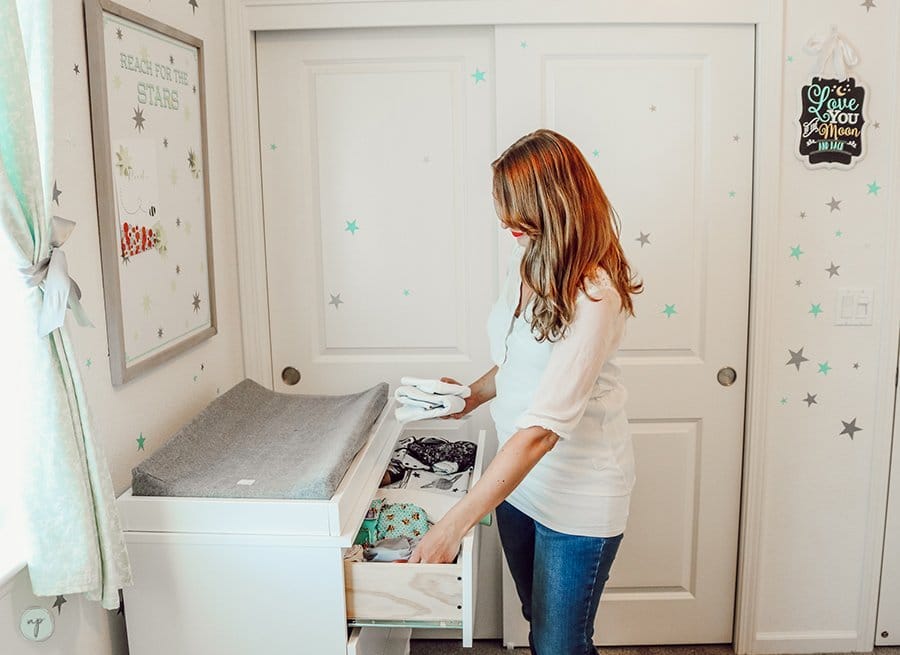
Navigating Parenthood uses affiliate links in posts which allows us to make a small commission (at no cost to you) if you decide to purchase via any of our links. This helps support the costs of running this website —thank you!
You don’t need to be all-in
For some, cloth diapering comes easy, but for others —like me — it doesn’t quite click that way. I really wanted to cloth diaper to save money on diapers and save the planet, so I let go of the notion that to be truly “crunchy” or a cloth-diapering mom, you need to do it 100%. Yes, you can cloth diaper at home, on the go, and even if you drop your baby off at daycare — it can be done 100%. But, there are also so many reasons parents are close to cloth diapering then decide not to because they think they need to be all in, and it doesn’t have to be that way. You could even switch to cloth diapering just for swim time! Cloth diapering even just a little still saves you money and helps the planet, plus it might be a good way to avoid diaper rash.

With my second, I knew I wasn’t ready to use cloth diapers yet with all of the frequent blowouts of a newborn since adjusting to two kiddos was a rough transition for me. I waited a few months and started cloth diapering at night when I knew there’d only be pee in the diaper based on my baby’s pee & poo patterns. When my son had regular bowel movements, I began to cloth diaper during the day, too. (I wasn’t ready to do all the extra things you need to do for poop in a diaper.)
Tip: Avoid laundry detergents that are marketed as made-for-baby laundry detergents, they are not always safe! Instead, get a scent-free, dye-free, chlorine-free, phosphate-free option that works with your specific home water type (hard or soft) and washer machine.
With pee, you can simply throw the diapers in the wash as normal or add the diapers to your wash with the baby’s other clothes! I made cloth-diapering work for my family based on when to use cloth diapers and at what ages/stages in development worked for us, and I’m glad I did. Now, instead of burning out and giving up on the idea of cloth diapering, I’ve been able to keep at it and am excited to cloth diaper again with our last baby coming in December!
You don’t need special laundry detergent
As long as you’re using a safe detergent, free of items that could cause buildup, you don’t need to go searching for a specialty detergent (code navigatingparenthood saves you 20% at Esembly thru 12/30/23). This is another thing that confuses a lot of new parents wanting to try cloth diapers . . . but it doesn’t have to. In fact, you can use a laundry liquid that’s free of dyes, chlorine, phosphates, and optical brighteners.
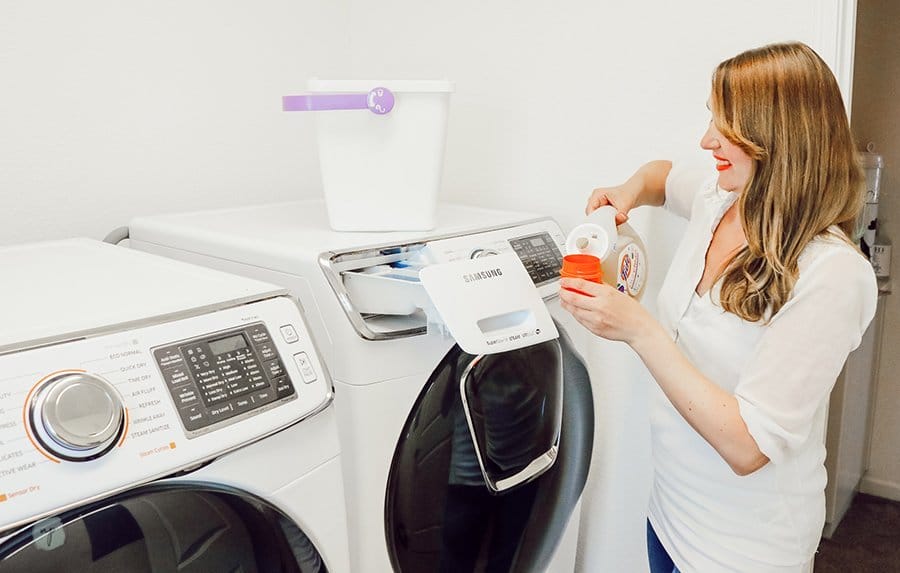
Everyone has a different cloth favorite
Similar to Cinderella’s glass slipper or the story of Goldilocks, sometimes it takes a while to find the right cloth diaper for you and your baby. There are all-in-one cloth diapers, which are similar to disposable diapers because you just need to grab it and put it on baby, but they can be bulky and some parents don’t like the wash process. Then there are hybrids that use covers with disposable liners or reusable ones (called pre-folds) — these allow you to decide if you’d like to add a thick overnight liner or a thinner daytime one in the diaper. There are also pocket diapers— a hybrid between the two above with more lining in the cover and a slot for the additional liner you’d add for daytime or nighttime use.
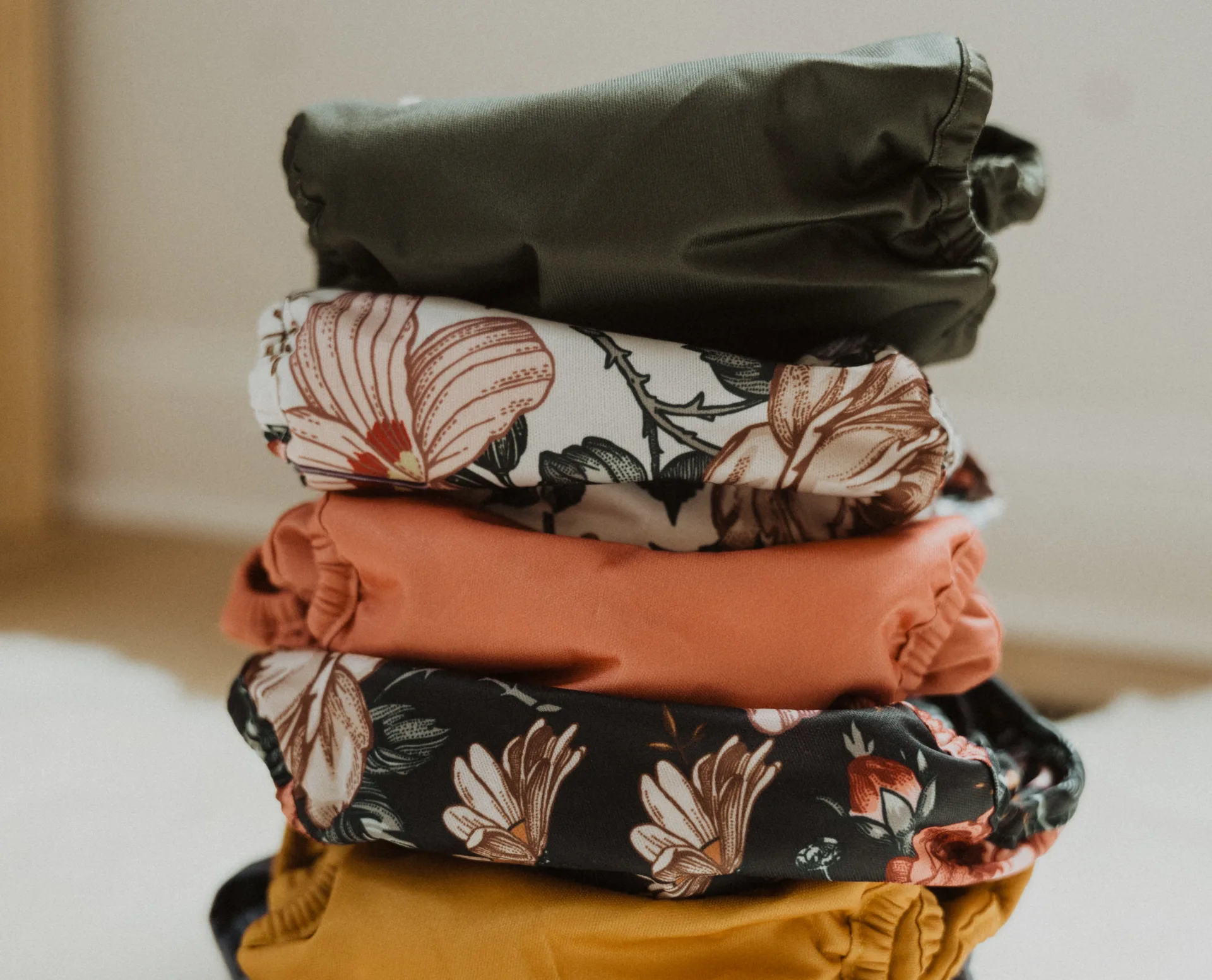
It goes on and on with all-in-two diapers, flat diapers, sleeve diapers, etc. If you ask moms in a cloth diapering group to name their favorite diaper, chances are everyone will tell you something different about not only their favorite type of cloth diapers but also preferred brands for buying certain types. In the end, you really just need to test them yourself because each kiddo is different, and depending on your baby’s age, a certain type of cloth diaper may work better than others. I bought a few all-in-one diapers at first and really liked them, but as my son got older I found that the hybrids worked better for us. About 80% of my cloth diapers are pre-folds and covers (or hybrids). One thing I would recommend is skipping microfiber and buying organic cotton only. This will reduce microplastics in the environment and be a safer option for your baby’s skin.

Are you new to cloth diapering or a seasoned pro? What’s one thing you’ve learned over the years that could help new parents considering cloth diapers?
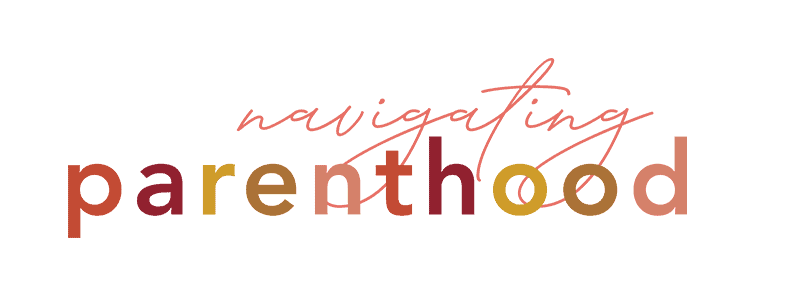
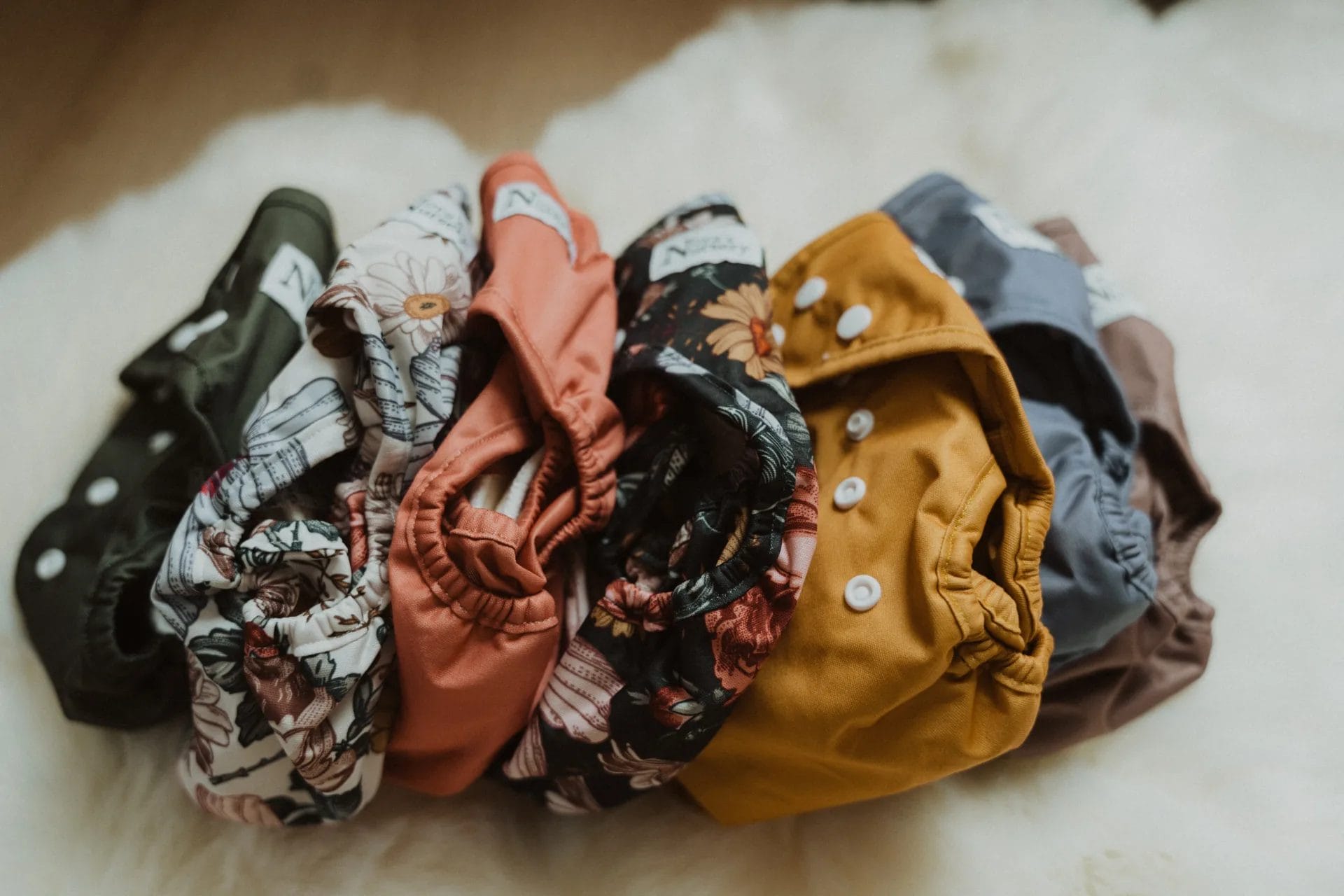
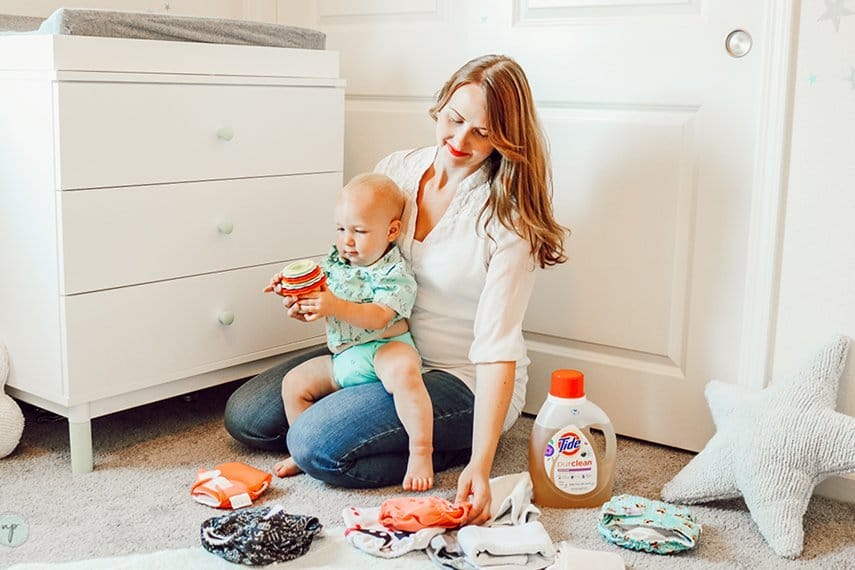
I used cloth nappies on both my children. With the first one, they were premade nappies (white cotton squares) but with the second one I used an old candy-stripe cotton sheet, cut into squares. We did have liners sometimes. Mind you, that was 40-odd years ago.
That’s wonderful!